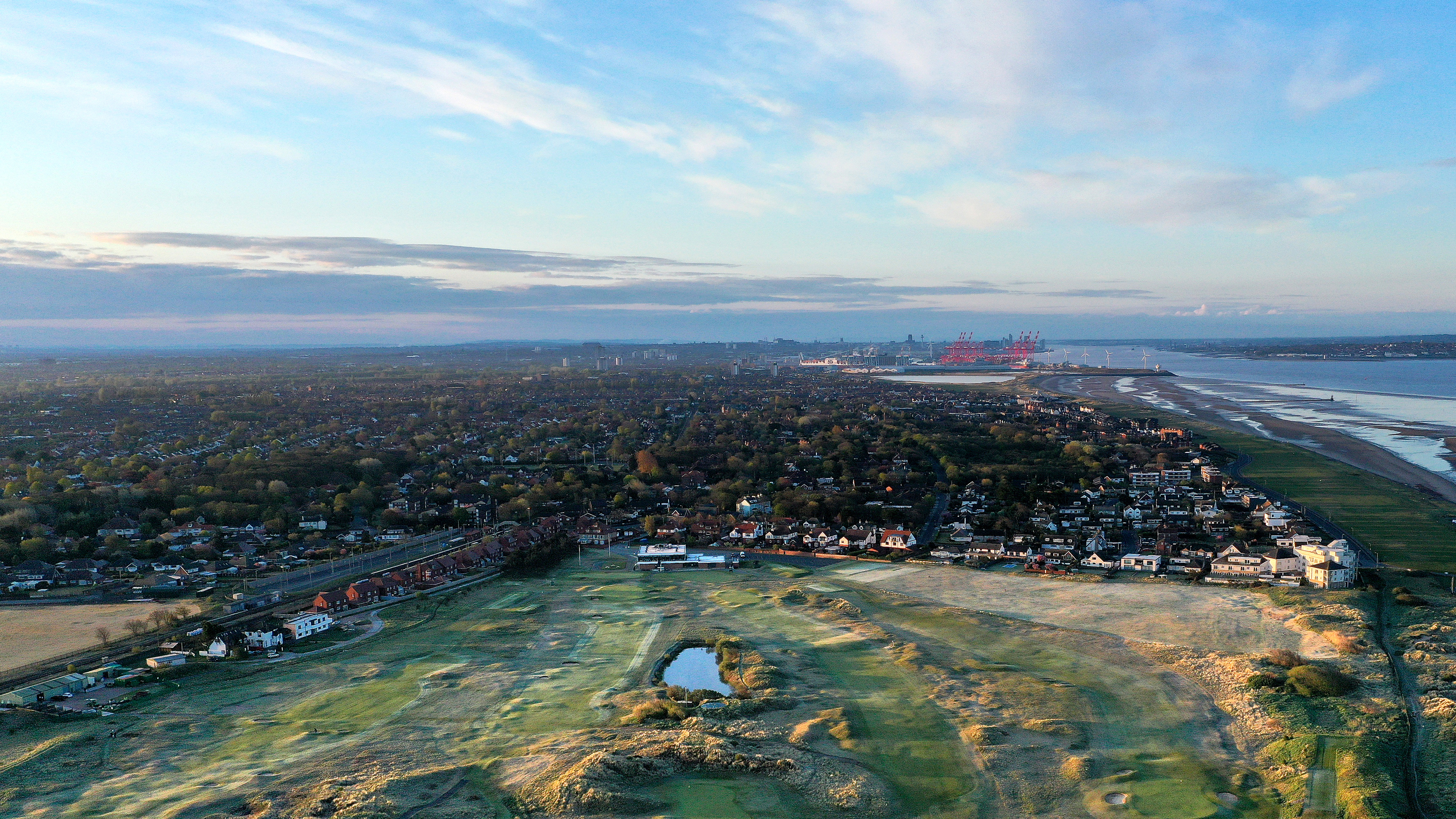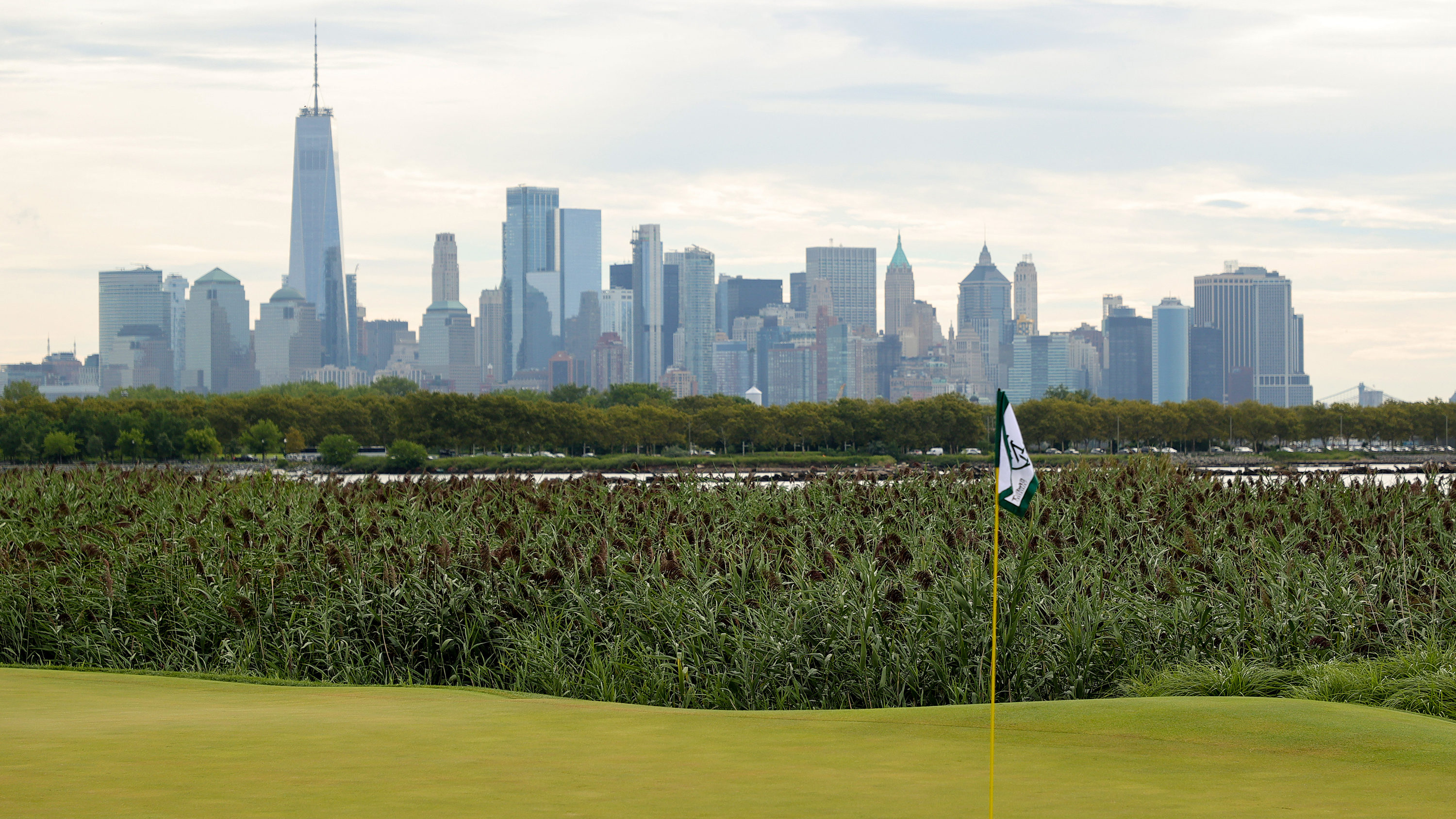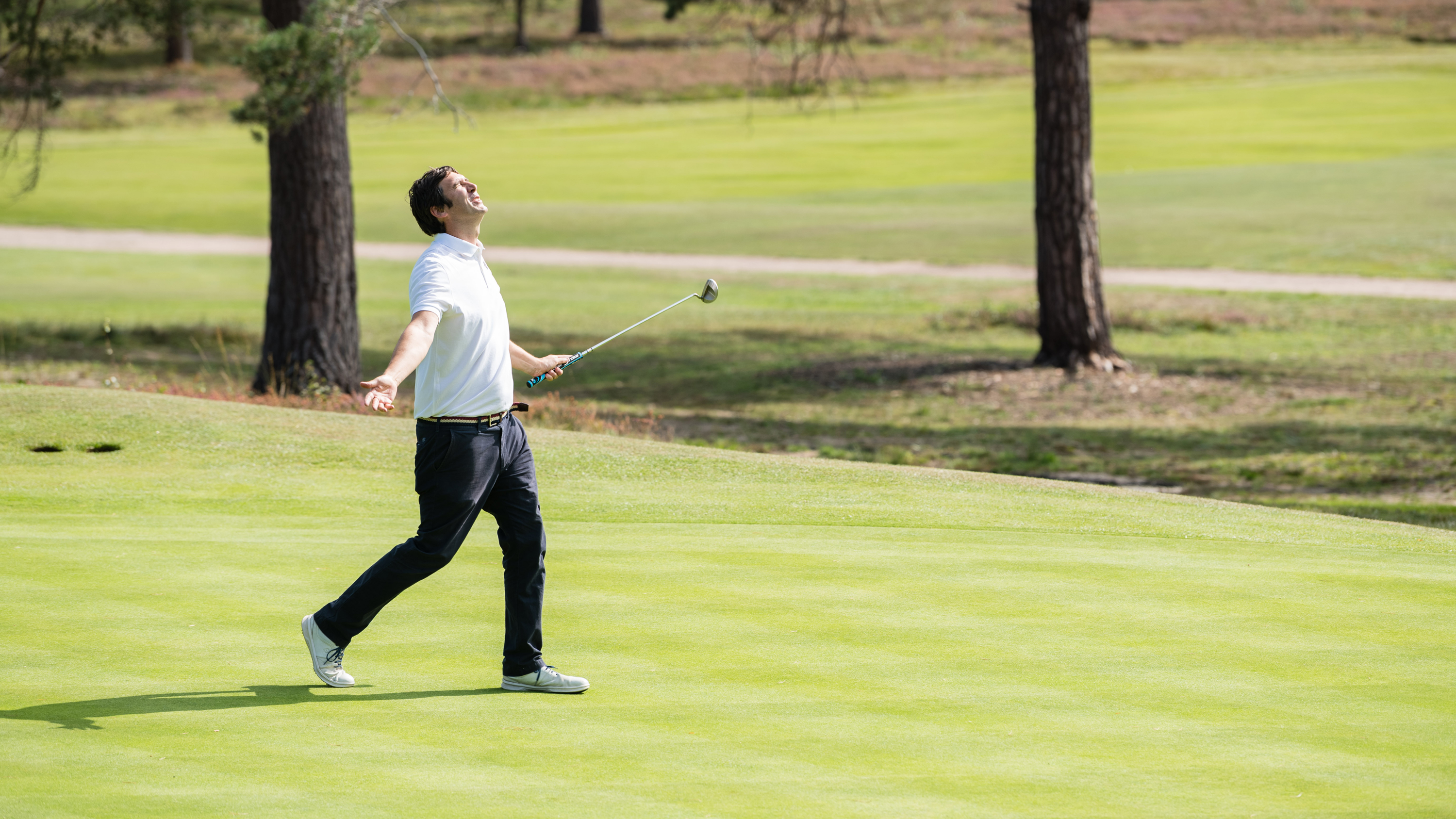5 Reasons Why Golf Is Great For Cities
This Sustainable Golf Week, we consider five reasons why golf is great for cities, with benefits to both the environment and the community.


Thursday of the inaugural Sustainable Golf Week, hosted by the GEO Foundation for Sustainable Golf, is dedicated to “Golf, Cities and Land.” Within the non-golfing community there remains a perception that golf is a resource-hungry, land-hungry dinosaur of an activity, taking up too much space and requiring too much artificial assistance to sustain. 25 years ago, even those in the golf industry may have struggled to argue against that view. But significant research and significant efforts within golf have been undertaken since then. When approached with sustainability in mind, golf can be of benefit to the environment and can play a key role in communities to both involve and educate those local to a golf club or course.
Golf in cities comes under particular pressure from those against the sport, whether they believe the land could be better used for housing or for total re-wilding. But there are compelling reasons why golf courses are an ideal use of land in urban areas and cities. Here are a few of them:
Environmental Corridors

West Lancs with Liverpool docks in the background
If you look at an overhead global map of cities across the world, you won’t see too much green. Every available piece of space that’s not protected is developed upon. Golf courses do cover a large area, that’s true, but in cities that’s a large area of green space within a sprawl of concrete and bricks. Golf courses that already exist in cities should be protected and appreciated, while new city developments should consider the benefit of including golf courses in the plans.
Golf courses are no longer over-watered and pumped full of chemicals. Course managers across the world are hugely aware of their responsibility to support and encourage flora and fauna. There are countless examples from the GEO Foundation of golf facilities that have provided a refuge for flowers and animals in a surrounding environment that has become hostile for them. Whether its sightings of coypu at PGA National in Prague or wild orchids flourishing at Royal Aberdeen, golf courses can be a haven for nature. That is a message that all of us in golf need to put out there.
Carbon offsetting

This is pretty obvious really – What is better for carbon offsetting – 80 acres in an urban area that are covered with energy-guzzling properties, or 80 acres of sustainably managed golf course covered with grasses and trees? Golf courses not only give the inhabitants of urban areas a place to breathe but they actually breathe themselves. OK, they go little way to offsetting the vast carbon output of a city, but they do go a little way.
A Social Hub
A big part of sustainability within golf is sustainability of the activity within a community. Golf courses in cities and urban areas can provide a social hub for local people – A meeting point and a reason to get together for physical and social activities. Golf facilities can be a focal point – a place to gather for parties or for community meetings. They can also provide a focus – a place to encourage young people into sports or to raise money for local charities.
Yes, often golf clubs in cities can be exclusive and prohibitively expensive, but there are also public and more affordable facilities that are working hard to be inclusive and to show that golf can be an activity for all. The R&A’s project at Lethamhill in Glasgow is a great example. Opening 2023, it will be a community-based golf and entertainment facility, designed to make golf more accessible and inclusive.
Subscribe to the Golf Monthly newsletter to stay up to date with all the latest tour news, equipment news, reviews, head-to-heads and buyer’s guides from our team of experienced experts.
Work, Education and Volunteering Opportunities

Golf courses and clubs are employers and will need people to work on and off the course in a range of roles from greens staff to administration. They can provide employment for local residents.
Golf facilities in cities and urban areas also provide a great chance for education. A green space in a city being managed sustainably provides an opportunity for the course manager or other staff member to educate local residents, or local school children about the environment and golf’s role in looking after it.
Then there will be chances to volunteer, either at a club on a committee or on the course where there’s always a chance to work on getting your fingers a little greener – Creating or maintaining habitats for rare flora and fauna or just helping to maintain the golf course in a sustainable fashion.
Exercise and Recreation

We’ve left what golf is actually all about to last… Golf is one of the best sports for offering a wide cross-section of a population of a city the chance for exercise and recreation. It’s an outdoor, physical activity that’s playable for almost everybody from small children to the elderly.
A recent R&A study showed that golfers live longer than those who don’t play – that should be reason enough to give those in cities and urban areas the chance to become involved. Golf has also been proven to be of benefit to mental health and, as we saw in the Covid pandemic, it provides a safe environment to meet and socialise with people. In short, as a current R&A campaign puts it – Golf is good for you!
Through Sustainable Golf Week, the focus will be on different aspects of sustainability within golf. Here’s the schedule:
Monday 3rd: Our Biggest Challenge
Tuesday 4th: Golf Courses of the Future
Wednesday 5th: Big and Visible – The Professional Game
Thursday 6th: Golf, Cities and Land
Friday 7th: Moving Day
Saturday 8th: Highlights of the Week
Sunday 9th: Driving Further
Visit Sustainable Golf Week and GEO Foundation to find out more.

Fergus is Golf Monthly's resident expert on the history of the game and has written extensively on that subject. He has also worked with Golf Monthly to produce a podcast series. Called 18 Majors: The Golf History Show it offers new and in-depth perspectives on some of the most important moments in golf's long history. You can find all the details about it here.
He is a golf obsessive and 1-handicapper. Growing up in the North East of Scotland, golf runs through his veins and his passion for the sport was bolstered during his time at St Andrews university studying history. He went on to earn a post graduate diploma from the London School of Journalism. Fergus has worked for Golf Monthly since 2004 and has written two books on the game; "Great Golf Debates" together with Jezz Ellwood of Golf Monthly and the history section of "The Ultimate Golf Book" together with Neil Tappin , also of Golf Monthly.
Fergus once shanked a ball from just over Granny Clark's Wynd on the 18th of the Old Course that struck the St Andrews Golf Club and rebounded into the Valley of Sin, from where he saved par. Who says there's no golfing god?